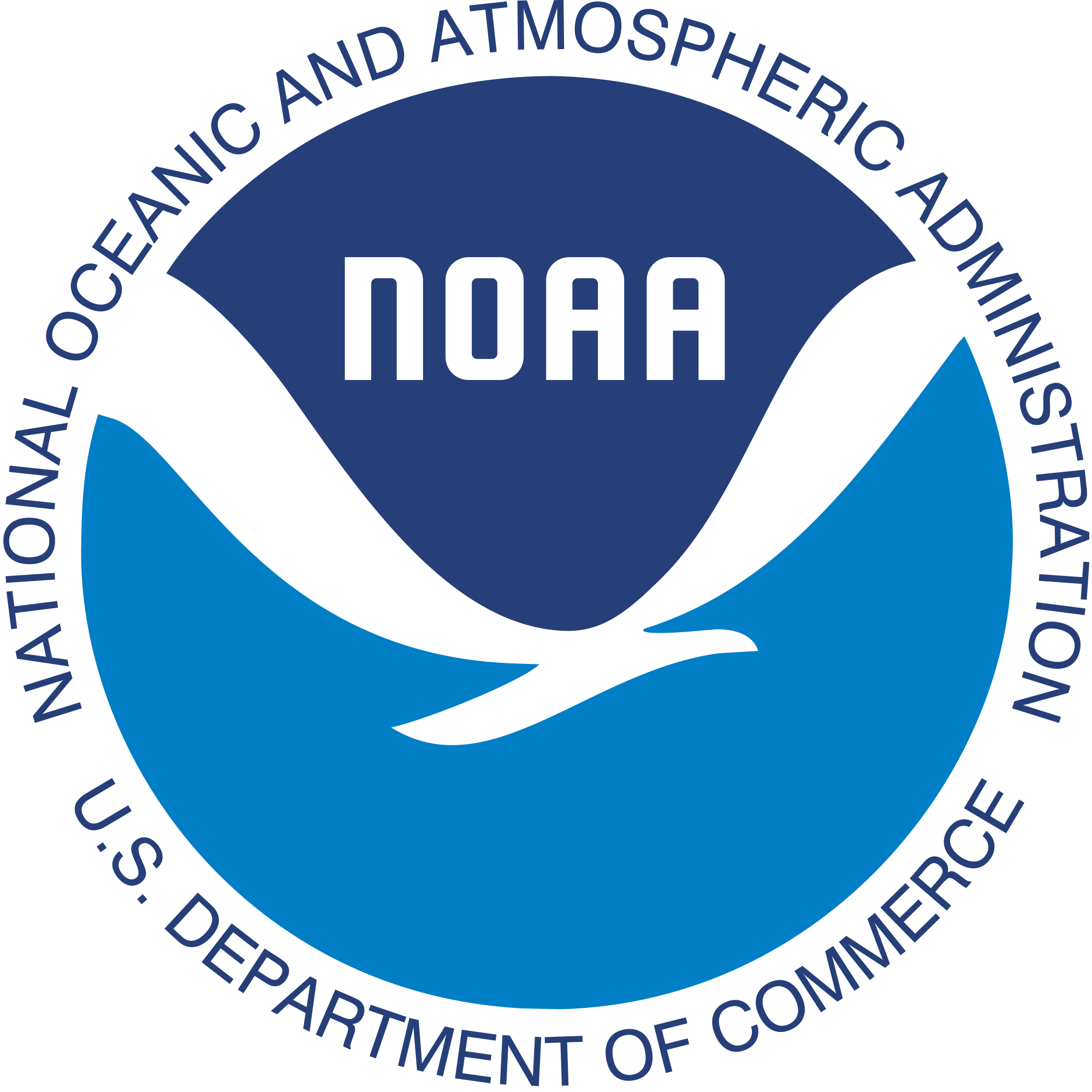Oct. 29 through Nov. 4 has been declared Winter Weather Awareness Week in New York by the National Weather Service. NOAA out of Binghamton is sharing the following tips to help educate the public.
Lake Effect Snow
Lake effect snow is a common weather phenomena in the Great Lakes region. Lake effect snow develops mainly in northern, central and western New York during the late fall and winter months. When cold, Canadian air moves over Lakes Ontario and Erie, the relatively warm and moist air from the lakes rise quickly, condenses, and forms lake effect snow.
Lake effect snow develops in two primary ways: in the form of a “single band” and “multi-bands” which are dependent on the direction of the wind. When the wind flows horizontally from the west and southwest across Lakes Ontario and Erie, a single lake effect snow band forms. These bands can produce several feet of snow within a short period of time. From November 19-22th, 2016 persist northwest winds off Lake Ontario led to muliple lake effect snow bands that dumped between 2 and 3 feet of snow across the eastern Finger Lakes to the Binghamton area in the southern tier of New York.
From November 17th to 19th, 2014, up to 7 feet of snow fell downwind of Lake Erie just south of Buffalo.
Courtesy National Weather Service Buffalo, NY
Snow squalls are intense short-lived bands of very heavy snow that often form along arctic fronts. Snow squalls produce blizzard-like or white-out conditions that typically last less than 30 minutes. They produce rapid snowfall accumulations, rapid drop in visibility and flash freeze conditions on our roads. This makes snow squalls very dangerous to motorists. Nationwide, snow squalls can claim hundreds of lives each winter.
Graphical information slide. Click for a larger view.
Take extreme caution while driving through both lake effect snow and snow squalls. Heavy snowfall in general creates very low visibilities. Lake effect snow and snow squalls can be narrow and intense with visibilities dropping quickly to less than a hundred feet without warning. Lake effect snow and snow squalls often have snowfall rates over 2-3 inches per hour. This leads to very hazardous driving conditions. If all possible, do not drive through intense lake effect snow or snow squalls.




